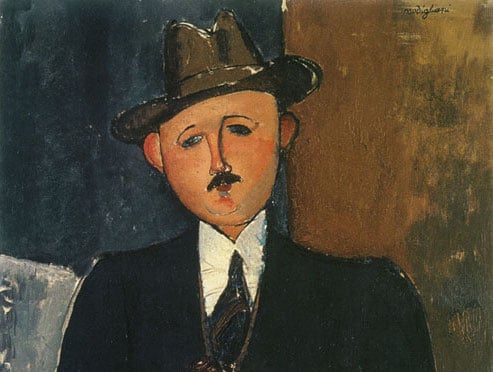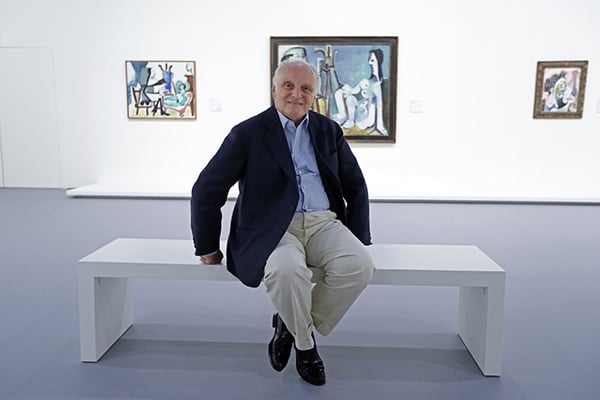Galleries
Panama Papers Trace Nahmad Family to Contested Modigliani Painting
The International Art Center is not what it seems.

The International Art Center is not what it seems.

Sarah Cascone

When the uber wealthy want to obscure their financial dealings, they have often turned to Panama-based law firm Mossack Fonseca, which has set up offshore tax havens and shell corporations for a number of the art world elite. Now, such maneuvering has become public knowledge, thanks to a massive data leak of the firm’s files.
Among the latest revelations to come out of the Panama Papers leak is that the Nahmad family does, in fact, own a Amedeo Modigliani canvas that was seized by Nazis during World War II and is the subject of an ongoing quest for restitution.
Related: What You Need to Know about the Latest Panama Papers Revelations
In the case of Modigliani’s Seated Man With a Cane (1918), which was taken from Philippe Maestracci’s grandfather, the ownership comes as no great surprise.

Art dealer David Nahmad.
Photo: Valery Hache, AFP Photo/Getty Images.
The Nahmad family claimed in court that a company called the International Art Center (IAC) was the painting’s owner, but Maestracci, who has long been seeking restitution of the work, maintained that IAC is a shell company for the Nahmad family’s New York and London galleries. (IAC purchased Seated Man $3.2 million at Christie’s London in 1996.)
Maestracci’s lawyers note that IAC was one of 11,000 companies that listed Fonseca as its director. The recent leaks show that the Nahmads have controlled IAC for more than 20 years.
The Nahmad’s lawyer, Richard Golub, told the BBC that ownership of the IAC was “irrelevant” because “the main thing is what are the issues in the case, and can the plaintiff prove them?” He has previously questioned whether Maestracci’s grandfather, Jewish art dealer Oscar Stettiner, ever owned the canvas.
The case was dismissed in November on the grounds that the complaint should have been filed in Panama, not in New York, and that Maestracci was not the appropriate plaintiff. His most recent complaint with New York’s Supreme Court, filed with the administrator of Stettiner’s estate as the plaintiff, argues the Nahmad family operates through IAC “in a manner so as to confuse and conceal their identities, and hide revenues generated.”